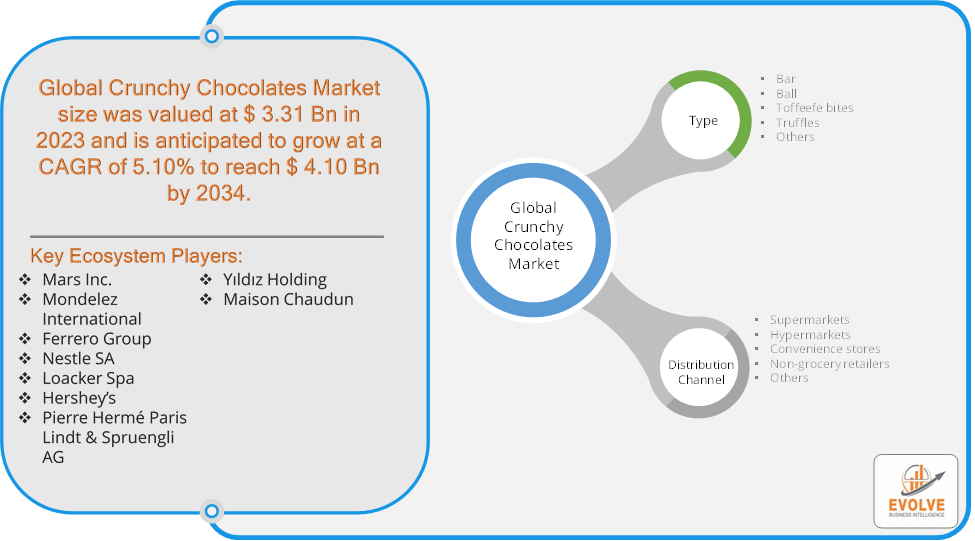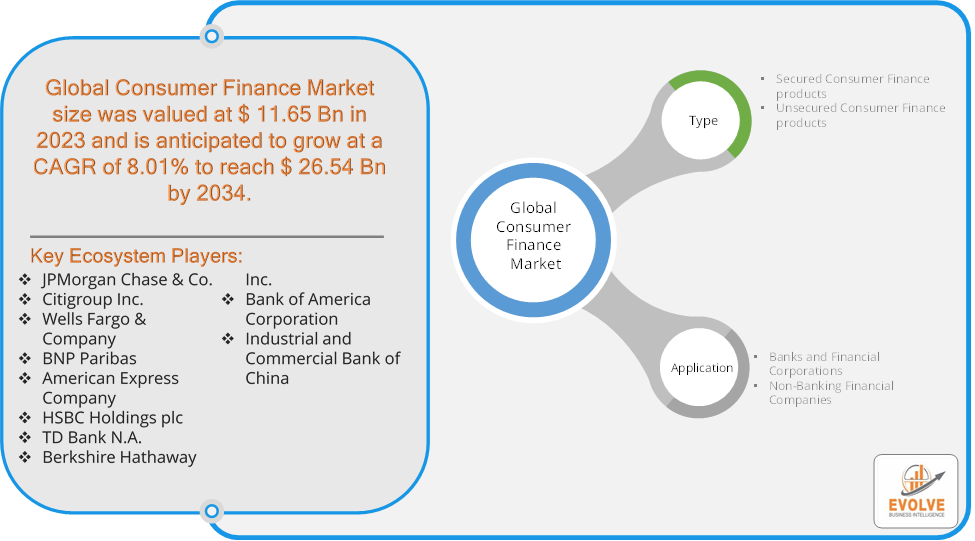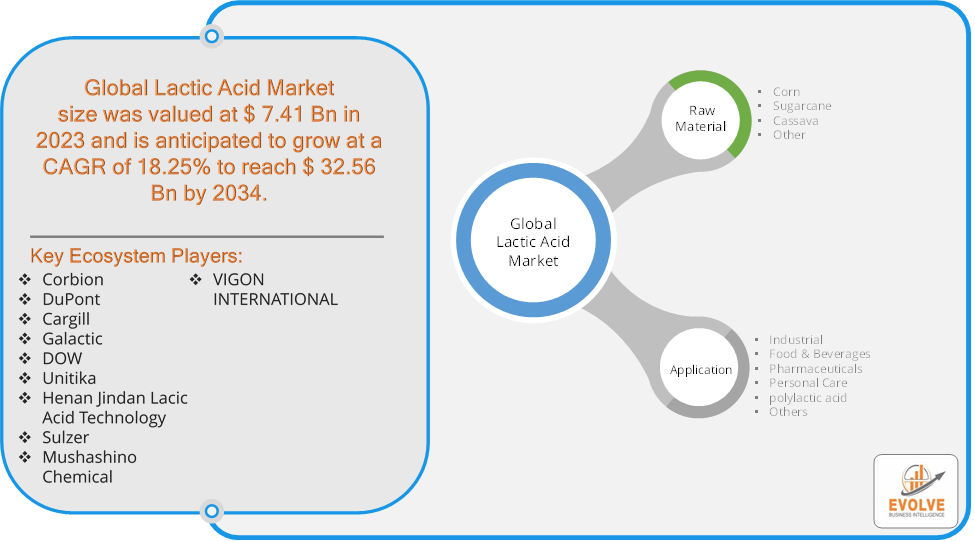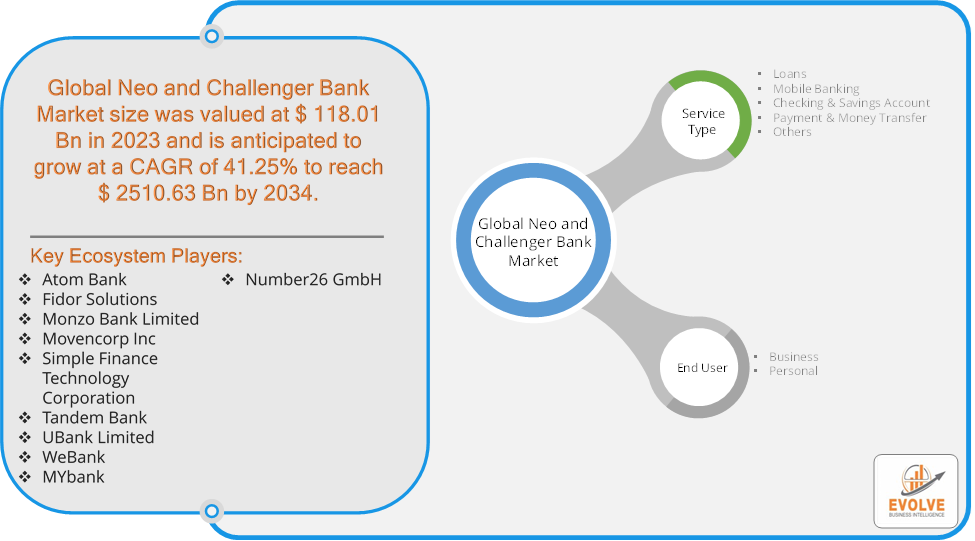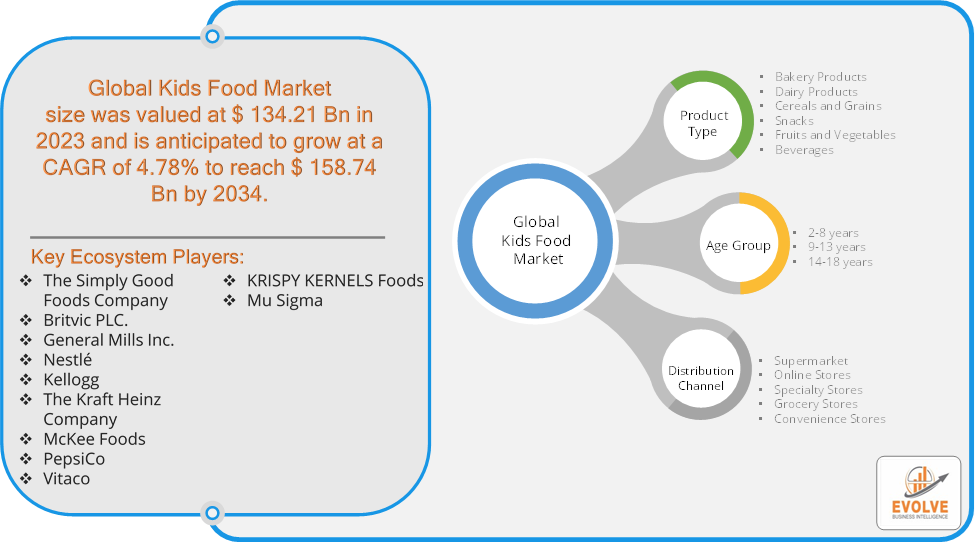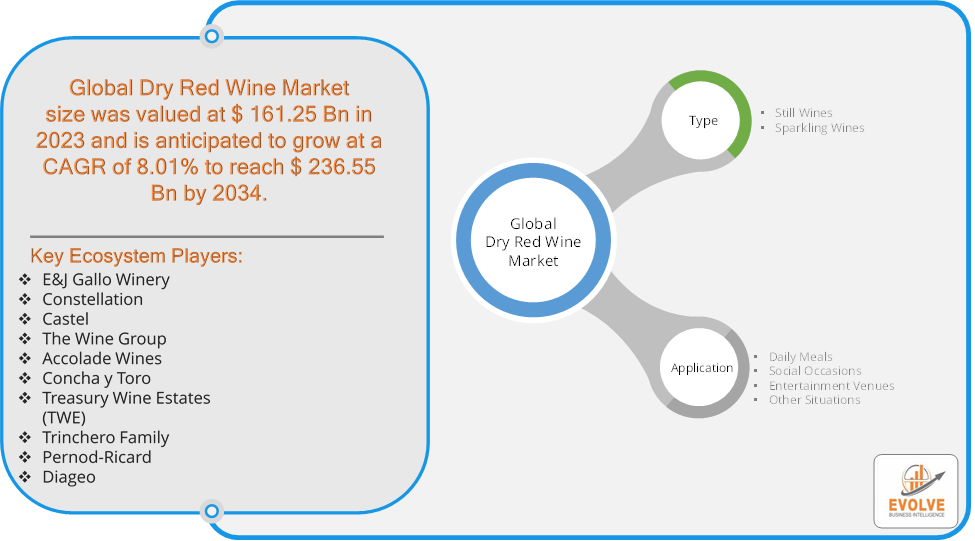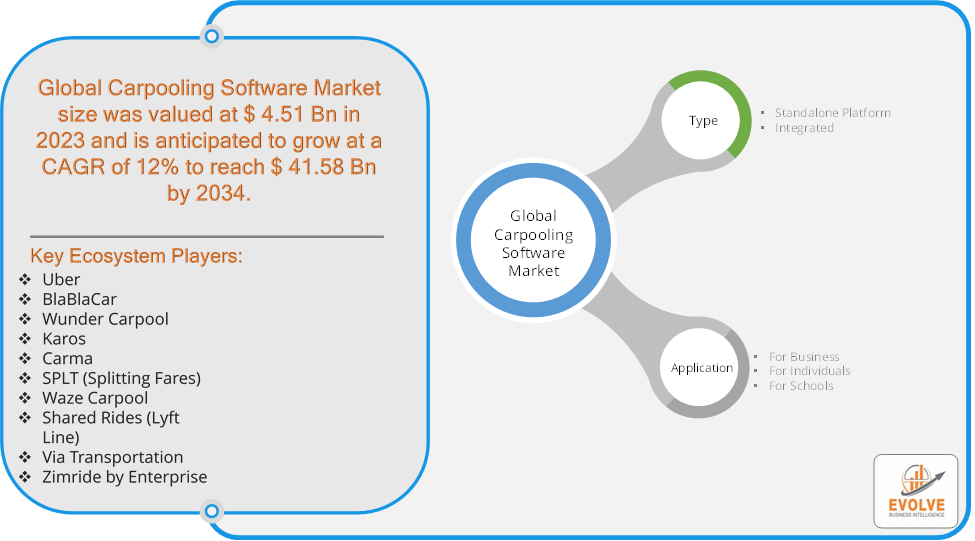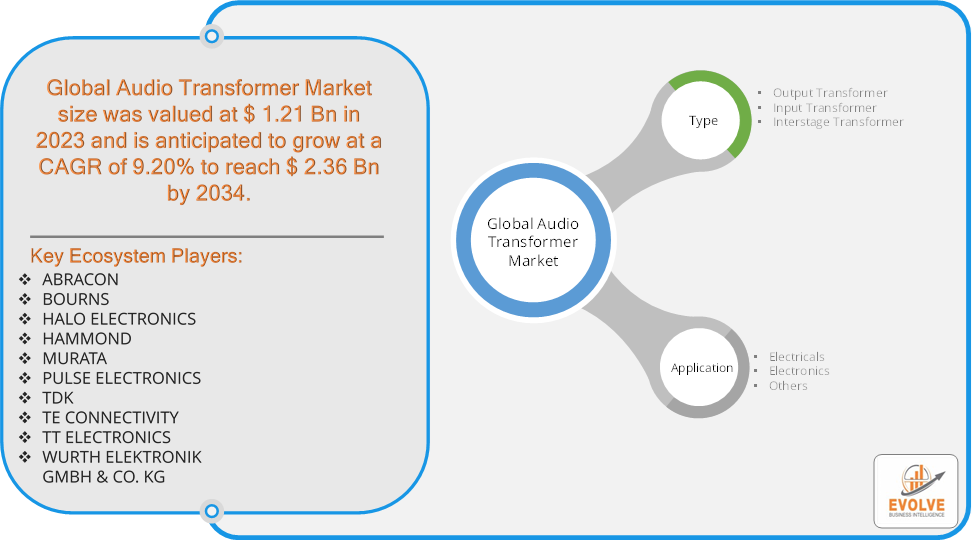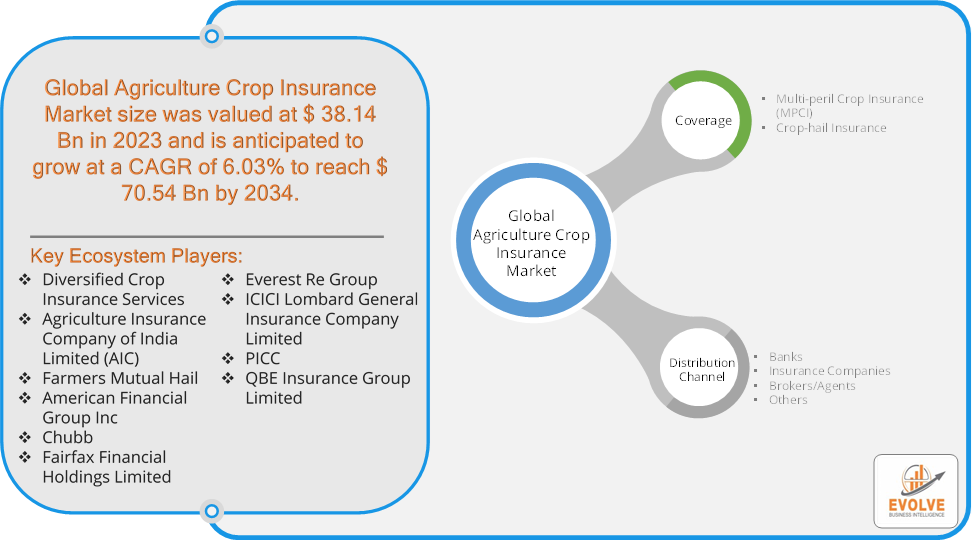Evolve Business Intelligence has published a research report on the Global Crunchy Chocolates Market, 2021–2034. The Global Crunchy Chocolates market is projected to exhibit a CAGR of around 5.10%during the forecast period of 2021 to 2034.
Evolve Business Intelligence has recognized the following companies as the key players in the Global Crunchy Chocolates Market: Mars Inc., Mondelez International, Ferrero Group, Nestle SA, Loacker Spa, Неrѕhеу’ѕ, Pierre Hermé Paris Lindt & Spruengli AG, Yıldız Holding, Maison Chaudun.
The Global Crunchy Chocolates Market size accounted for USD 3.31 Billion in 2023 and is estimated to account for 3.68 Billion in 2024. The Market is expected to reach USD 4.10 Billion by 2034 growing at a compound annual growth rate (CAGR) of 5.10% from 2024 to 2034. Chocolate coating wafers generally contain a layer of chocolate and a filling such as honey, caramel, or butterscotch. In the era of interest in healthy snacks, manufacturers are producing crunchy chocolate bars which are not only tasty but also suit consumer demands. However, in addition to this, some customers might even add various ingredients such as nuts and fruits along with filling flavors like honey, caramel, and butterscotch to enhance the flavor. Hence, organic chocolate, vegan gluten-free chocolate, and energy bars are emerging as the most sought-after chocolate types around the world. “Crunchy chocolate” is applied to a variety of uses including drinks, desserts, and snacks. Its popularity as a food item that can be eaten with hands also contributed to its demand.
Segmental Analysis
The global Global Crunchy Chocolates market has been segmented based on Type, Distribution Channel
Based on the Type, the market has been segmented into bar segment and ball segment, toffee bites, truffles, and others. And bar segment contains half part of the market. Crunchy chocolate bars have been gaining significant popularity among users owing to their crispiness and it adds a spot of fun to the snack.
Based on distribution, the market has been segmented into supermarkets and hypermarkets, convenience stores, non-grocery retailers, and others. Supermarkets and hypermarkets currently dominate the market and hold the largest market share.
Regional Analysis
The Global Crunchy Chocolates market is divided into five regions: North America, Europe, Asia-Pacific, South America, and the Middle East, &Africa Europe holds a dominant position in the Global Crunchy Chocolates Market. The Europe region of crunchy the market has the largest market share and leads industry growth. In 2020, Europe owned almost two-fifths of the crunchy chocolate market. The Asia-Pacific region has indeed emerged as the fastest-growing market for the Global Crunchy Chocolates industry. Asia-Pacific is the fastest-growing region with developing economies such as Singapore, China, and India driving this growth.
